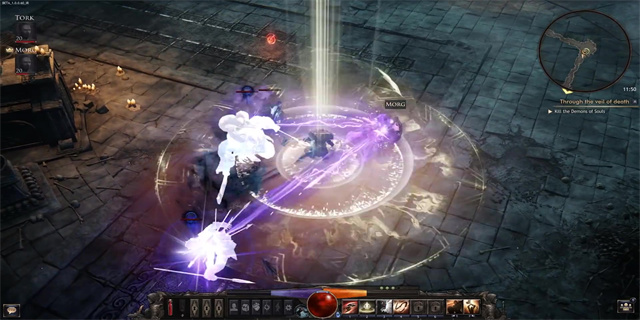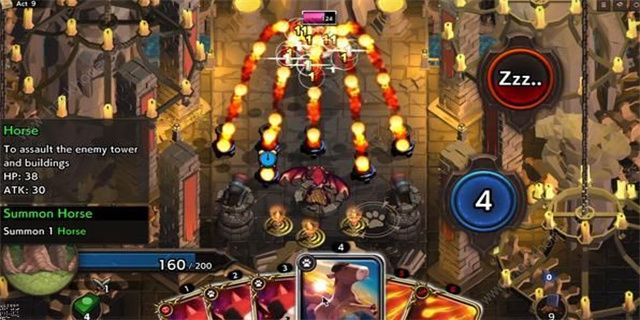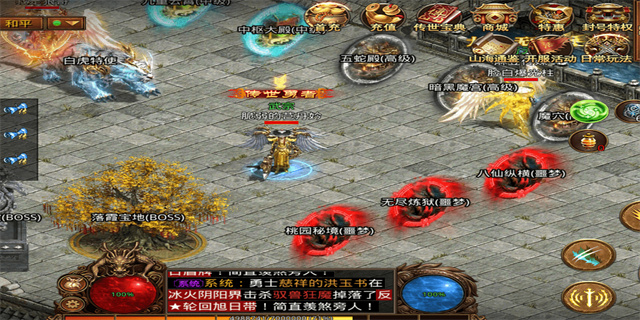galil(Galilei and the Revolution of Scientific Renaissance)
Galilei and the Revolution of Scientific Renaissance
The scientific revolution in the Renaissance period paved the way for new discoveries and innovative theories that challenged the prevailing doctrines of the time. One of the most influential figures during this period was Galileo Galilei. His groundbreaking work revolutionized the fields of physics and astronomy and laid the foundations for modern scientific thinking. This article will explore Galileo's life, his revolutionary ideas, and his enduring impact on the scientific world.
Galileo's Early Life and Education
Galileo Galilei was born on February 15, 1564, in Pisa, Italy. He came from a middle-class family and was the eldest of six children. Galileo's father, a musician and mathematician, recognized his son's intellectual potential from an early age and encouraged him to pursue education. Galileo enrolled at the University of Pisa to study medicine, but his passion for mathematics and natural philosophy soon took precedence.
Galileo's fascination with the physical world led him to question the prevailing scientific beliefs of the time. His experiments on inclined planes and falling objects challenged Aristotle's theories of motion and set the stage for his later discoveries. Despite facing resistance from the academic establishment, Galileo's work earned him recognition and support from influential scholars, including his appointment as the chair of mathematics at the University of Pisa.

The Telescope and the Discoveries
Galileo's most famous invention, the telescope, revolutionized the field of astronomy. In 1609, he modified an existing device to create a telescope that could magnify objects thirty times their original size. With this remarkable tool, Galileo made several groundbreaking discoveries. He observed the mountains and valleys on the Moon, discovered the four largest moons of Jupiter, and identified that the Milky Way consisted of countless stars. These observations shattered the prevailing belief that the Earth was the center of the universe and demonstrated the vastness of the cosmos.
Galileo's discoveries aroused controversy and met with opposition from the Catholic Church, which interpreted his findings as contradictory to the geocentric model supported by the Church. In 1616, the Church banned the teaching and discussion of heliocentric theories. However, Galileo continued his research and published his seminal work, \"Dialogue Concerning the Two Chief World Systems,\" in 1632. The book presented arguments for heliocentrism and challenged the traditional views of the Earth's position in the universe.

The Trial and Legacy
Galileo's unwavering commitment to heliocentrism brought him into direct conflict with the Catholic Church. In 1633, he was summoned to Rome and put on trial by the Inquisition for heresy. Under pressure, Galileo recanted his beliefs and was sentenced to house arrest for the rest of his life. Despite this setback, Galileo's work continued to influence subsequent generations of scientists.

The trial of Galileo marked a turning point in the relationship between science and religion. It highlighted the conflict between the established dogmas of the Church and the pursuit of scientific knowledge. Galileo's enduring legacy lies in his advocacy for empirical evidence, observation, and experimentation as the foundations of scientific reasoning.
In conclusion, Galileo Galilei's dedication to truth and his revolutionary ideas transformed the way we understand the world. Through his observations and experiments, he challenged the prevailing beliefs of his time and advanced the scientific method. Galileo's work serves as a reminder of the importance of intellectual curiosity, critical thinking, and the pursuit of knowledge in shaping our understanding of the universe.


暂无评论,191人围观